Ancient Roman food was a clear indicator of social standing. Wealthy Romans enjoyed elaborate meals made from sophisticated recipes, showcasing their kitchens' luxury and status. In contrast, the everyday meals of the lower classes and the poor were much simpler, clearly showing the social divide in Roman society. From lavish feasts in the homes of the rich to the basic meals of the working class, the cuisine of ancient Rome offers a glimpse into the diverse experiences of its inhabitants.
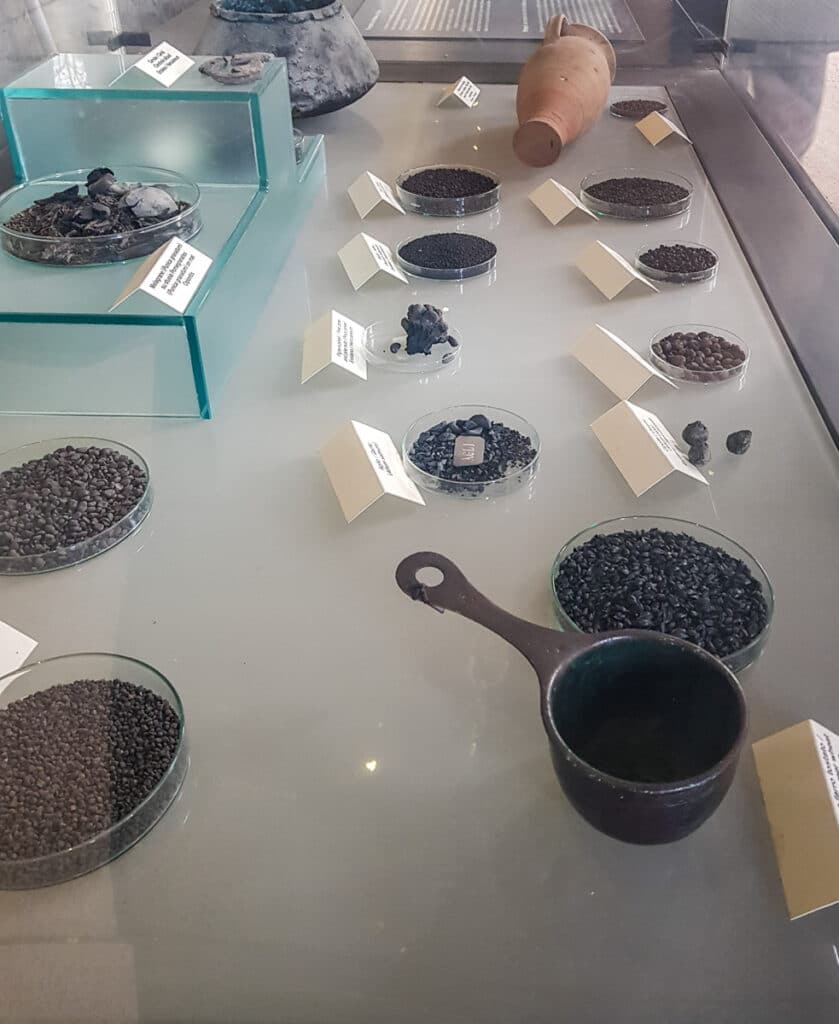
Jump to:
Ancient Roman recipes have been revived after over 2000 years brought to us via two great sources: the ancient Roman cookbook “De re coquinaria” written by Apicius and the food remains found during the excavations of Pompeii and Herculaneum.
In this article, we will study how people ate in Roman times and the different eating habits between common folk and upper classes.
I will share some recipes of ancient Roman food, in which ingredients were similar to our modern times, while others are so peculiar we wouldn't even dare touch them.
For more information about Roman markets and their food policies, read the articles: Trajan, Roman markets.
If you want to know more about modern Italian cuisine and how it developed throughout history, you can read the article: Italian food history and cultural influences.
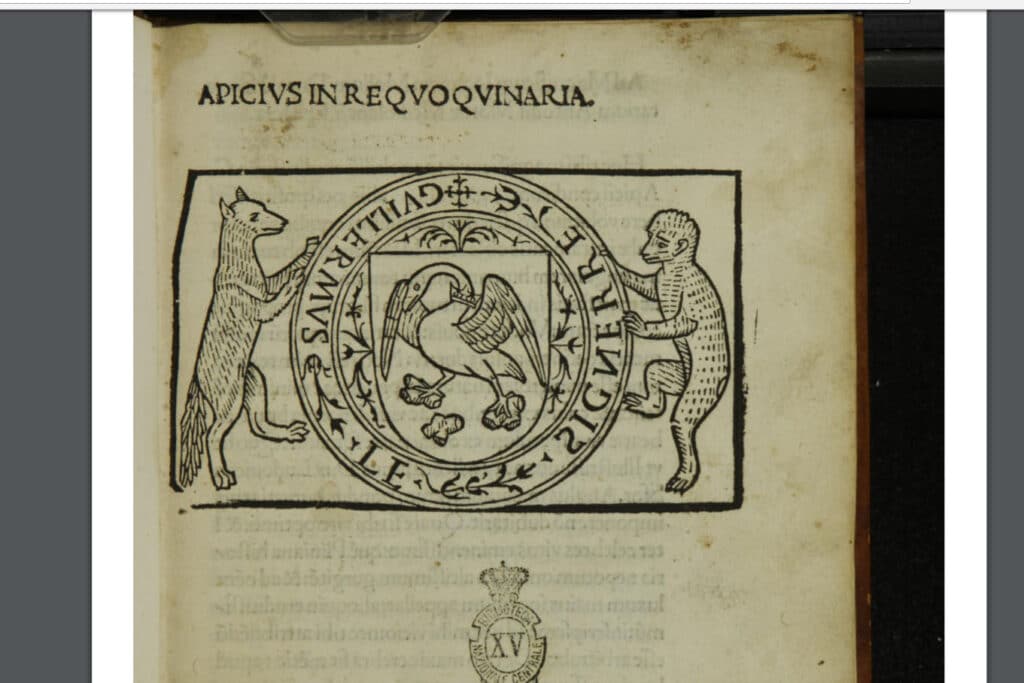
Roman Meals
Roman daily eating began with breakfast (ientaculum), featuring simple foods like bread, honey, and cheese, and varied between adults and children.
Midday meals (prandium) were light and often consumed at public spots or from street vendors, with a preference for fish, bread, and wine.
The evening meal (vesperna) was the main meal of the day. It evolved significantly, especially post the Eastern conquests in the 2nd century BC, introducing new flavors.
For the wealthy Romans, dinner was traditionally held in the atrium but later moved to the triclinium.
It was the dining room symbolizing Roman dinner parties, the lavish banquets, where guests reclined on couches, surrounded by thematic décor featuring Dionysus, Venus and still lifes.
You can find many similarity on how we structure our meals today in the article
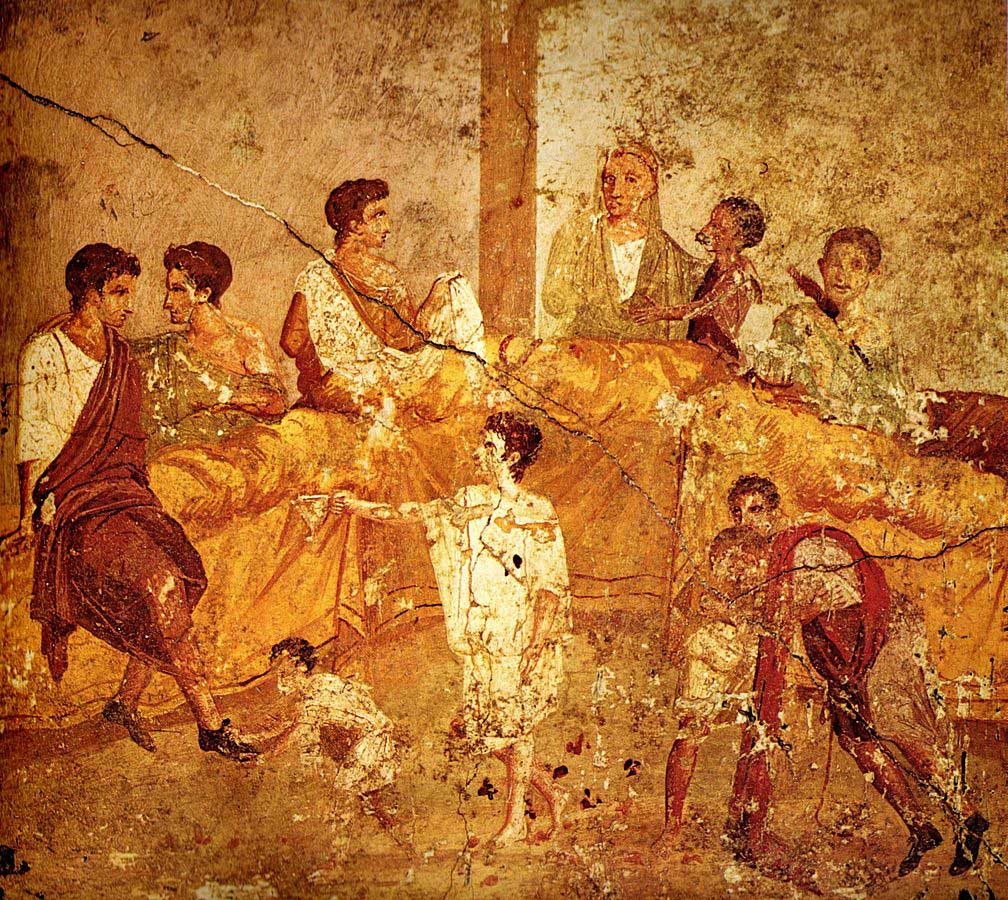
Rich people vs Poor people
In ancient Roman society, the culinary habits and dining practices varied greatly between social classes.
Wealthy Romans often enjoyed meals in the comfort of their lavish homes, reflecting their social status and the refined taste of ancient Rome.
These wealthier Romans had access to a variety of ancient recipes, showcasing the richness of ancient Roman cuisine, which was influenced by both ancient Greek traditions and local innovations.
On the other hand, the working class, including common people and poor Romans, had a different experience.
Many from the lower classes and the working class in Imperial Rome, including some Roman soldiers, lacked the luxury of a well-equipped Roman kitchen.
These individuals, often unable to afford the space or means for cooking at home, relied on street vendors and public eateries like "cauponae" and "tabernae."
These establishments served simple fare such as bread, pancakes, and sausages – a stark contrast to the elaborate dishes found in a wealthy household.
Roman cooking book
Let's start with the oldest ancient Roman cookbook, “De re coquinaria” by Apicius.
Who was Apicius is not too clear as there were many renowned gastronomers with this name in Ancient Rome.
The one mostly referred to is Marcus Gavius Apicius, who lived between 80 BCE and 40 CE.
He was an eccentric Roman patrician who spent all his fortune organizing luscious banquettes.
When he realized he had no money left, he killed himself, preferring to die instead of lowering the level of his lifestyle.
“De re coquinaria” is a collection of recipes that have been preserved, copied, and studied by our predecessors during all those centuries, and thanks to them, we now have the testimony of those recipes.
The oldest copy is dated at the end of the 4th century, and even if it is not the original, we can be sure that most of the content is authentic.
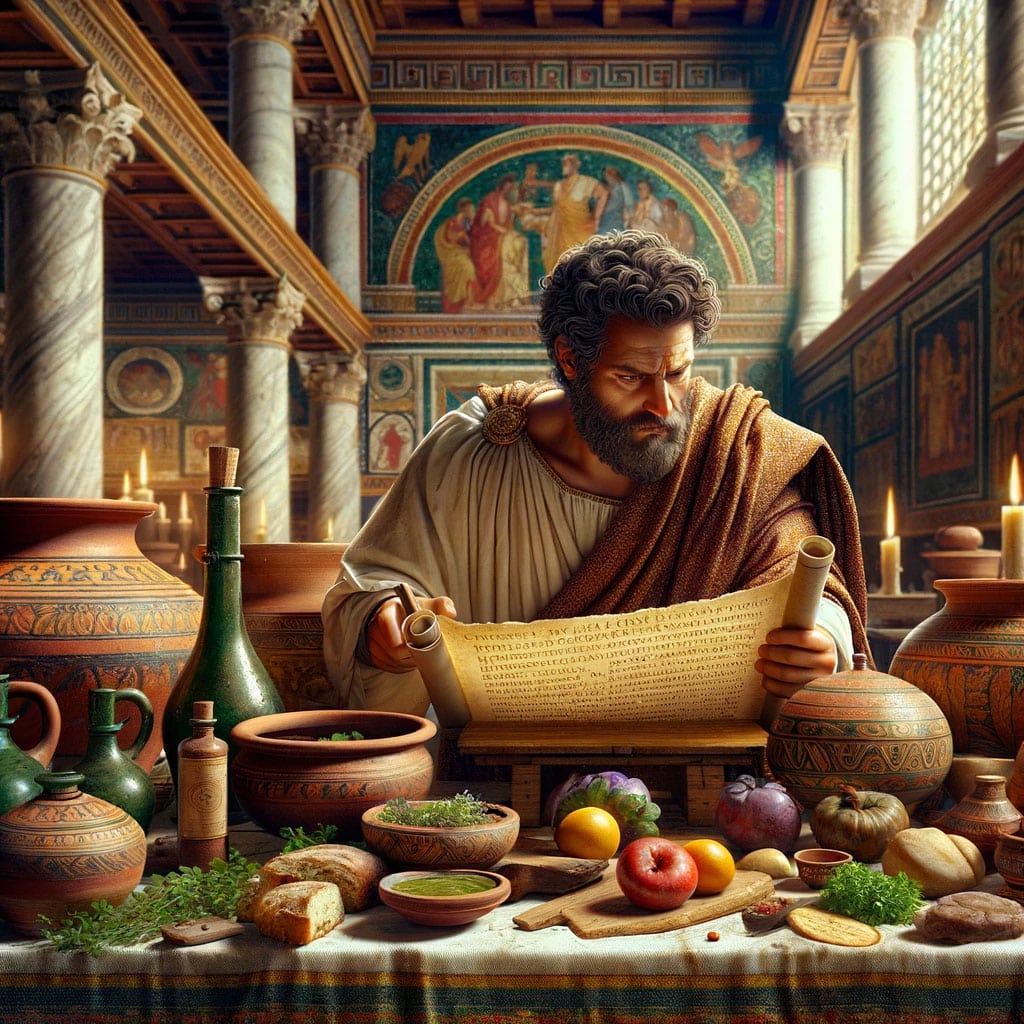
Ancient Romans recipes
“De re coquinaria” is divided into 10 books, each dedicated to different types of ingredients:
- Epimeles: the first book is about preserving fruits and vegetables, olives, and how to store vines. Best practice to store meat for a long time and how to recognize bad honey.
- Sarcoptes — minced meat: in this section, the recipes are very simple, mainly minced meat mixed with herbs and spices.
- Cepuros — vegetables: The third part was dedicated to vegetables, fruits, cheese, and pulses. These were the basis of Romans' meals. Apicius considered them healthy and very tasty.
- Pandecter — general: There are very different generic recipes: cakes, cooked fruits, sauces, and side dishes.
- Ospreon — Pulses: This book has many recipes about different pulses and their flours. Romans were very good bakers.
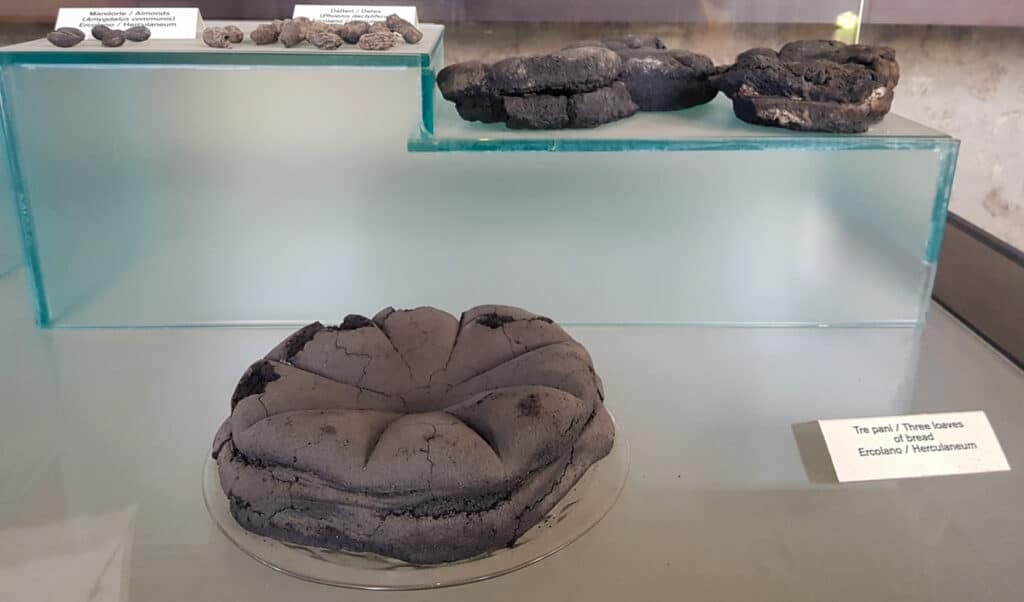
- Aeropetes — birds, and poultry: Here, not only we found recipes with fresh chicken but also wild birds like ostriches, cranes, flamingos, peacocks, and parrots. Included in the book were the best sauces to go with each meat.
- Polyteles — gourmet: while this book was called gourmet, it represents the most disgusting ingredients for our times: sterile vaginas, dromedary calluses, rinds, pig and boar legs, goose liver, sow stern, loins, kidneys, hams. This is what the Romans would call delicacies.
- Tetrapus — animals: this book is dedicated to mammal meat, in particular wild boar, deer, chamois, young goat, lamb, piglet, pig, and hare.
- Thalassa — sea: these last two books are dedicated to seafood.
- Halieus — fish: The tenth book in particular talks about fish and sauces to go with their meat.
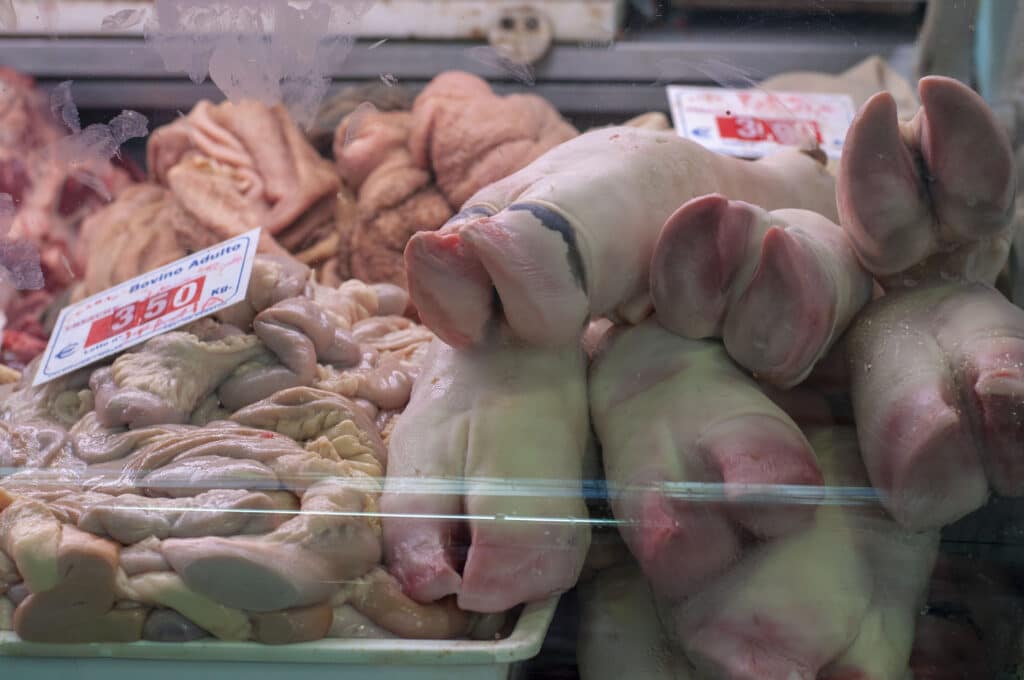
Looking at the recipes, I could hardly find one that could be served and eaten today.
The ingredients they used and their method of preserving them are way off from our current taste.
Nevertheless, I was surprised to find some similarities.
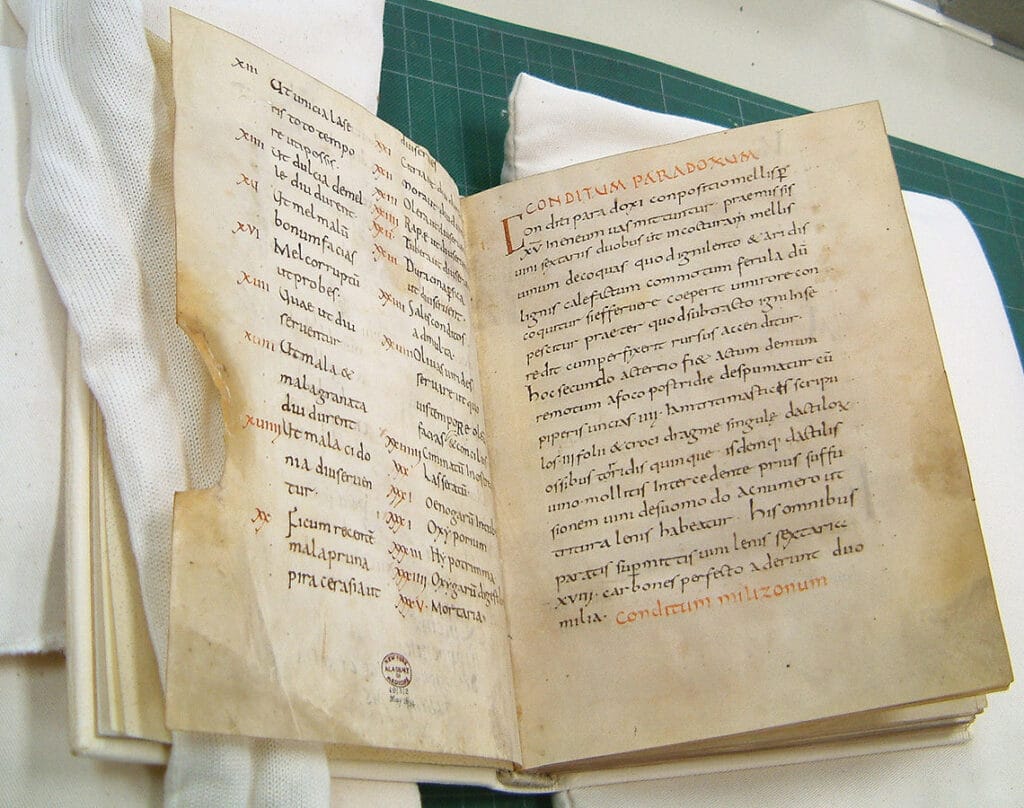
Roman ketchup: the Garum
Garum was a salty fish sauce used in many recipes, and it was so common to find during the Roman period that it is not clear how it was made, as Apicius took its recipe for granted.
It was a salty paste with a strong taste made with fish intestines, which were spiced and fermented.
The taste must be horrendous for us now.
Garum was for the wealthy, while the version for the poor was called Liquamen, which in current Italian means sewage.
That says it all!!!
Today, we Italians use anchovies instead of these fermented fish sauces to flavor our dishes, particularly our salads.
We preserve anchovies in salt and often use them to add flavor.
Puntarelle alla Romana, for example, is a well-known Roman salad that uses a seasoning made with anchovies.
Have a look at the recipe.
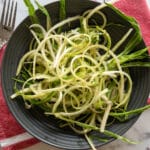
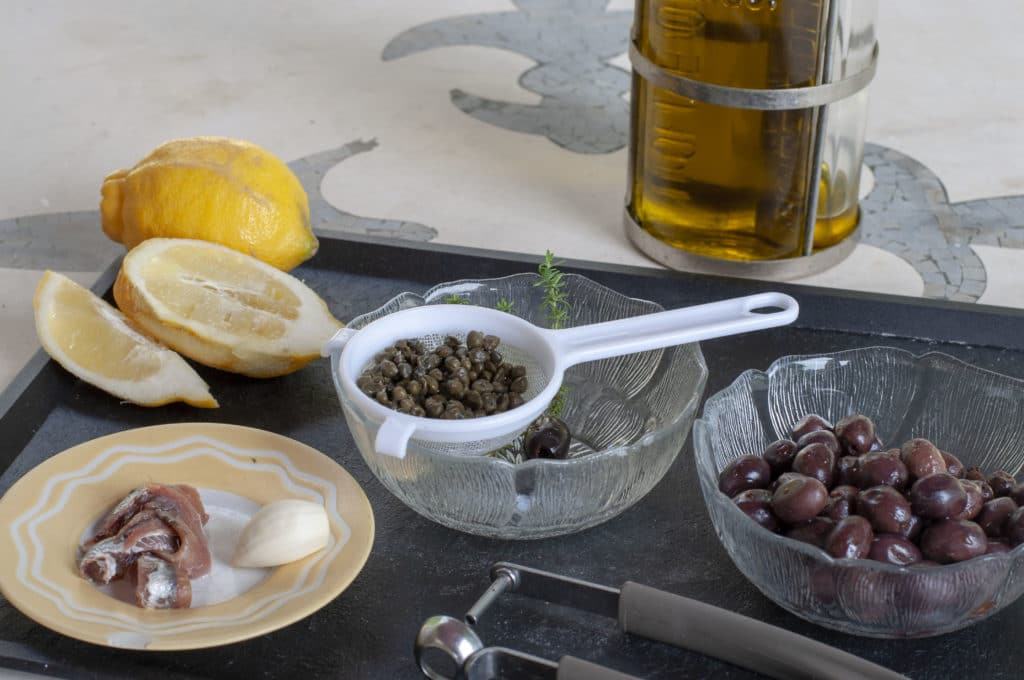
Ingredients during the Roman Empire
To learn more about the ingredients used during the Roman Empire, we can look at the samples of food remains found during the excavation of Pompeii and Herculaneum.
The eruption of the Vesuvius volcano in 79 CE buried the towns of Pompeii and Herculaneum, preserving life as it was 2000 years ago.
Volcanic ash and debris covered the entire valley under 33 feet/10 meters of earth, freezing in time for a regular day under the Roman Empire.
The excavation uncovered so much information that experts could build back different aspects of a regular day.
Ashes and pumice preserved not only houses and tools but also organic remains as they left a void in the mud after they decayed.
Shapes of the dead bodies were made by injecting plaster into these voids, reproducing the appearance and expression of the people who died suffocated and submerged by ashes.
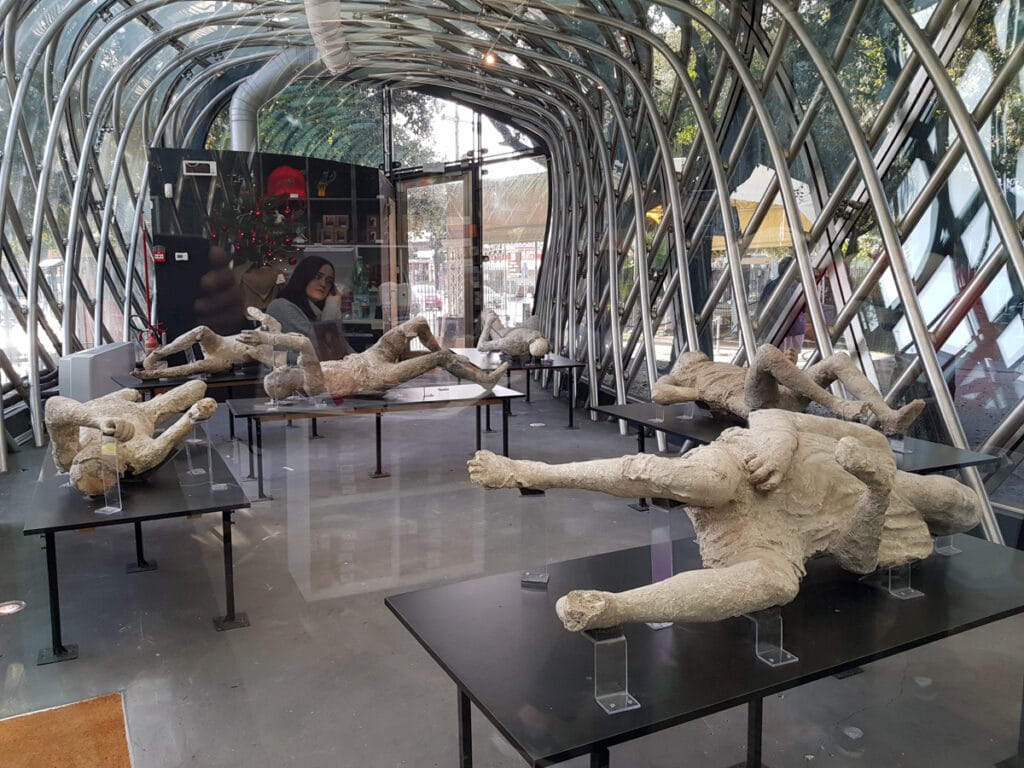
Pompeii was a rich town with luxurious villas, theatres, spas, temples, shops, and even a brothel.
Beautiful mosaics and frescoes throughout their buildings describe their lives.
People were healthy with perfect teeth as they followed a typical Mediterranean diet rich in fruits, vegetables, fresh seafood, and no sugar.
Ancient Romans did not have a sweet tooth
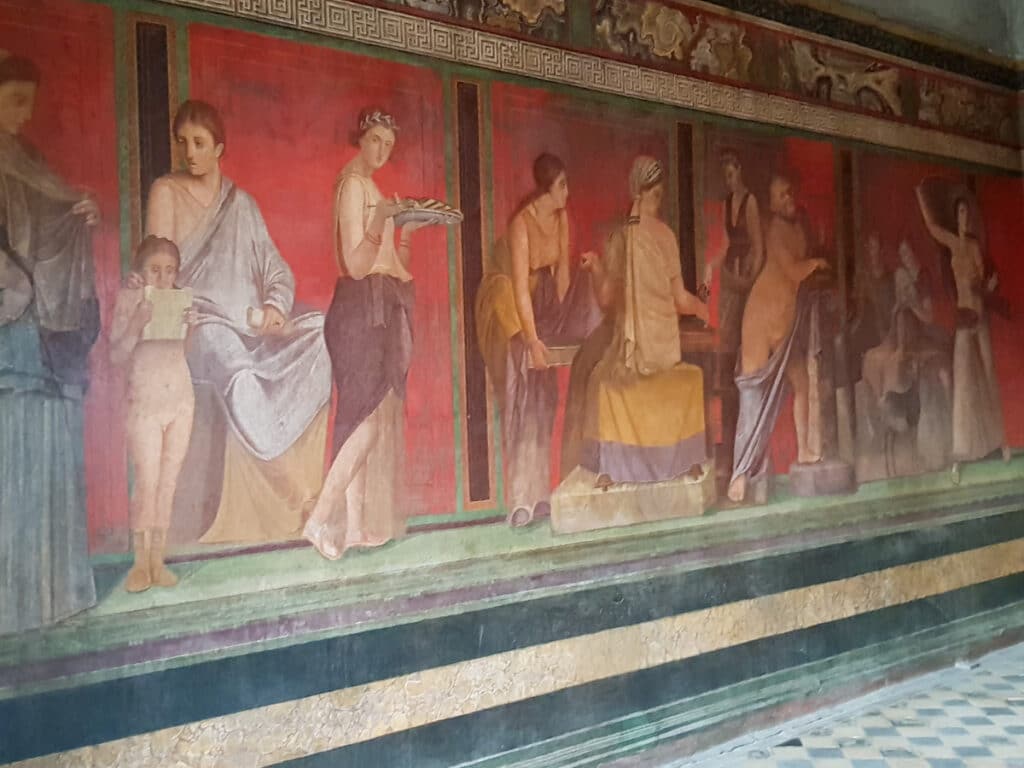
Food remains found in Pompeii and Herculean
As we know, wine production was already a well-known technique way before the Roman Empire, as well as the olive oil.
They were stored in amphorae and transported by ships.
The fertile land around the volcano Vesuvio had plenty of wineries and olive trees plantations.
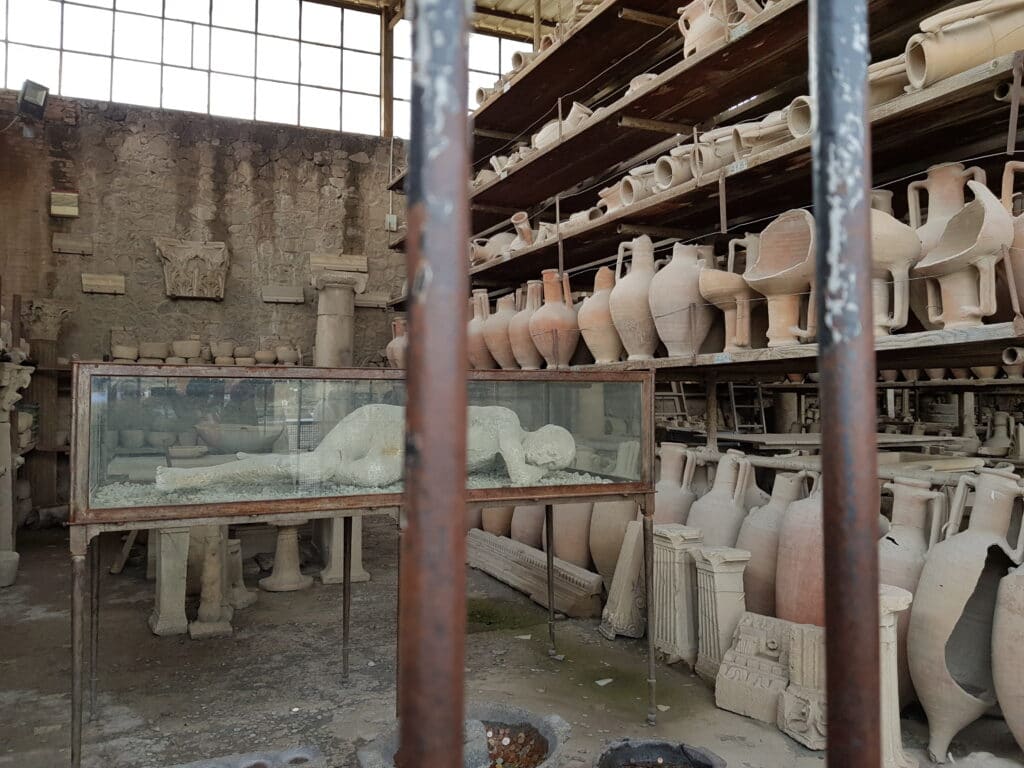
Meals during the Roman Empire were rich in vegetables, herbs, dried fruits, and spices.
In the photo below, you will see ancient Roman food remains of garlic, onion, olives, barley, pomegranate, pine nuts, millet, wheat, and chickpeas.
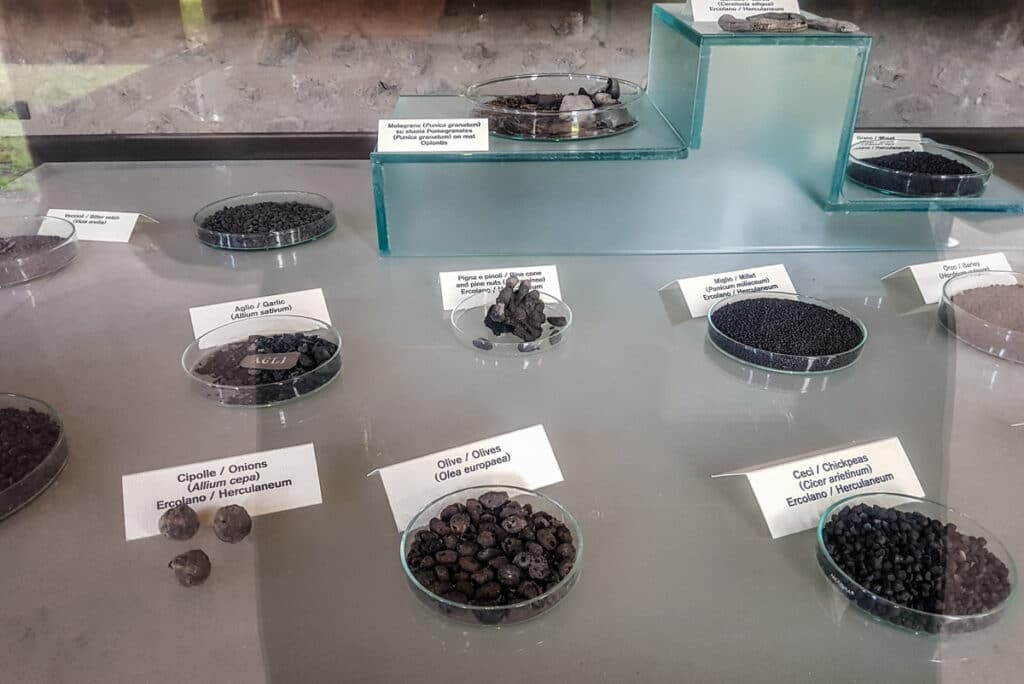
Roman recipes in modern time
Pulses were an important ingredient in their diet; archeologists found plenty of chickpeas, lentils, and fava/broad beans.
The pulse recipe cooked over an open fire probably resembles how the Romans used to cook them.
Simply boiled on a covered clay pot next to the fire.
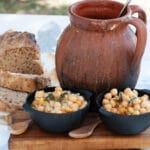
In the photo below, some remains of a home kitchen in Pompeii.
Pots and pans are very similar to what we use today.
Food was cooked over an open fire.
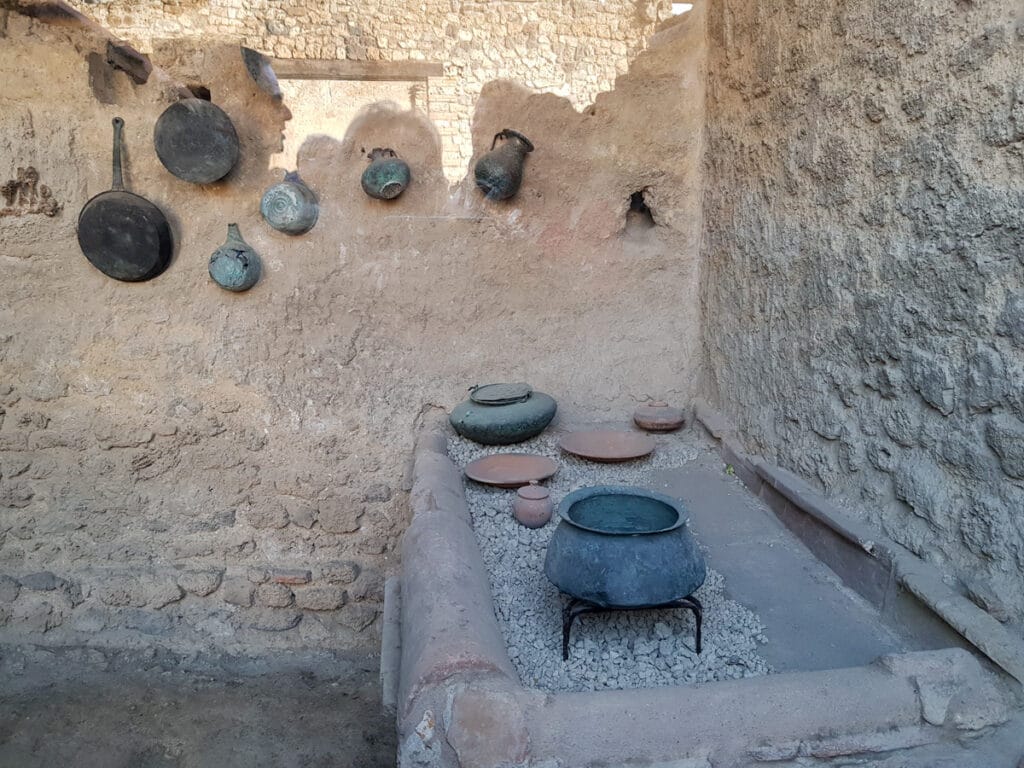
They used flours made from pulses and probably the old recipe of pancakes made with chickpea flour.
Farinata was already used during those times.

The legend said that survivors from a shipwreck carrying chickpea flour discovered this delicacy as the flour mixed with the seawater dried and cooked on the rocks under the sun.
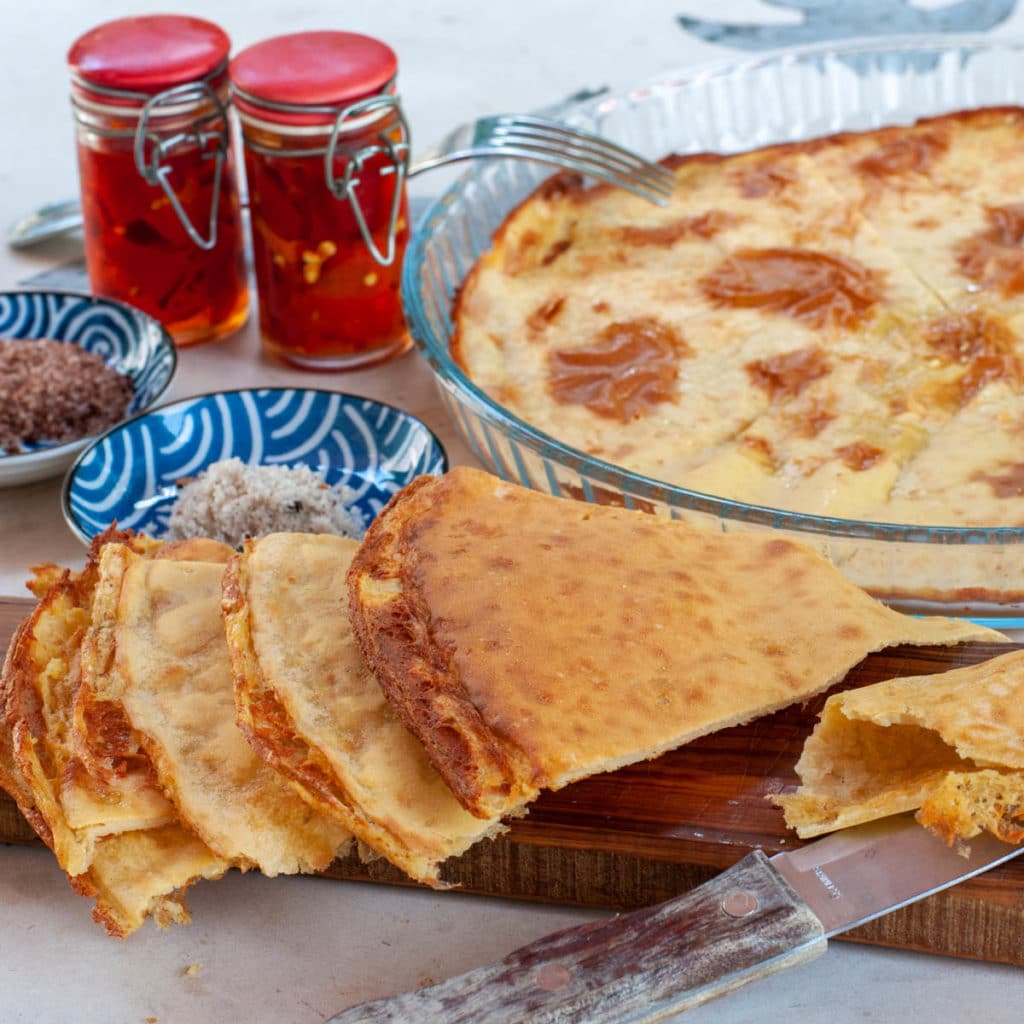
Peas, artichokes, and, in particular, fava beans and cheese were important ingredients in Roman diets.
In a pot found in Pompeii (represented in the picture below) there were remains of a soup made of broad beans and vegetables.
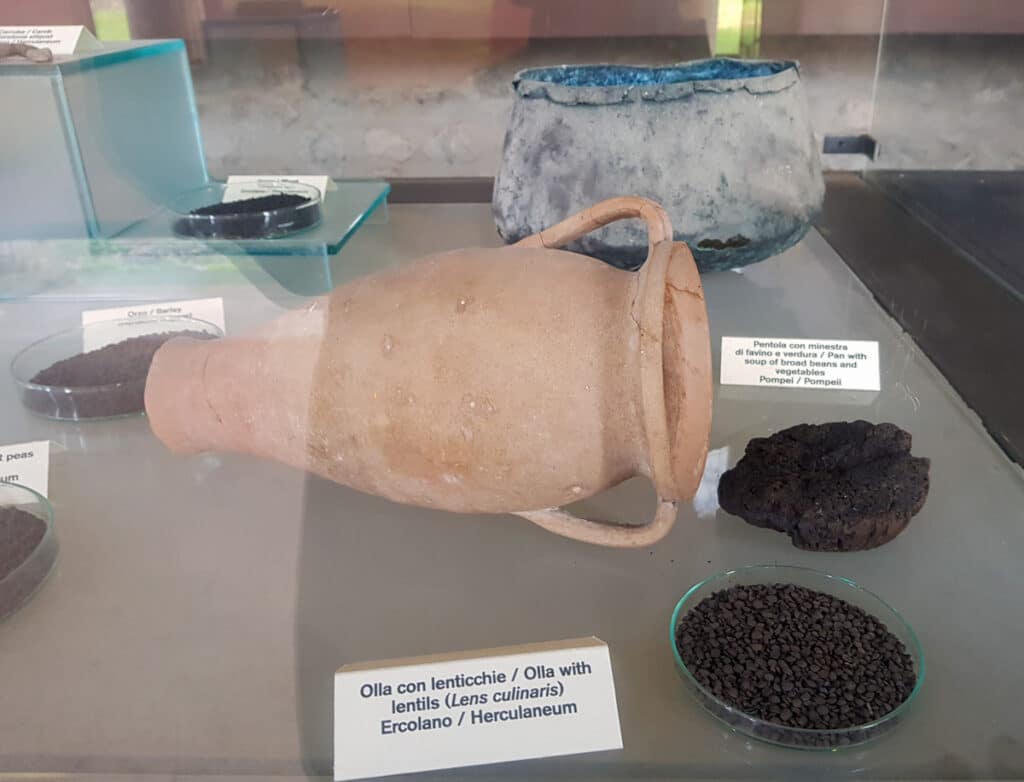
The recipe of the Italian Broad Beans minestra is very similar to this dish. It is not an authentic recipe from Apicius, but all the ingredients are there.
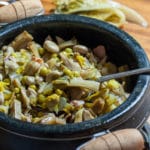
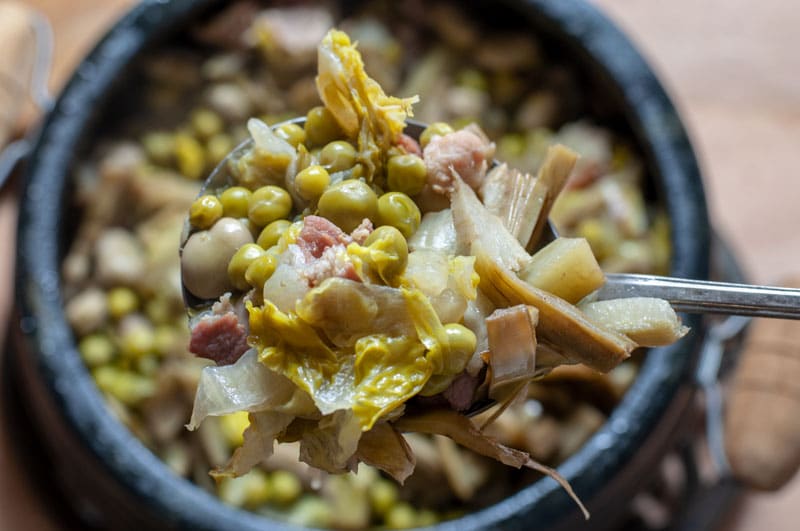
In their diet, we also find a lot of fruits and nuts.
In the picture below you find remains of peach stones, dried figs, and walnuts.
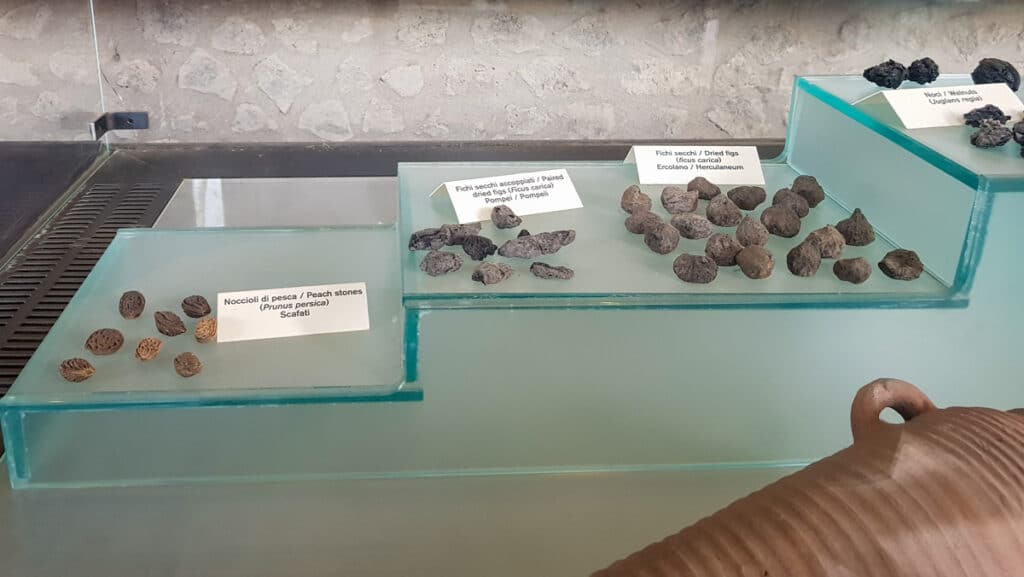
Ancient roman bread
Many bread remains were found in Pompeii, as its bread was renowned for its superb quality.
On a wall was found the writing: “Viator Pompeis panem gustas, Nuceriae bibes”, meaning: "Traveler, eat the bread in Pompeii but drink the vine from Nocera".
Many different types of bread were made: first quality, second quality, spelled bread, the not very refined one, the bread for the sailors, and finally, the one for the poor, which was hard and dry.
Friselle are very similar to that:
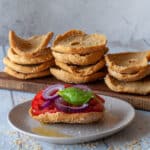
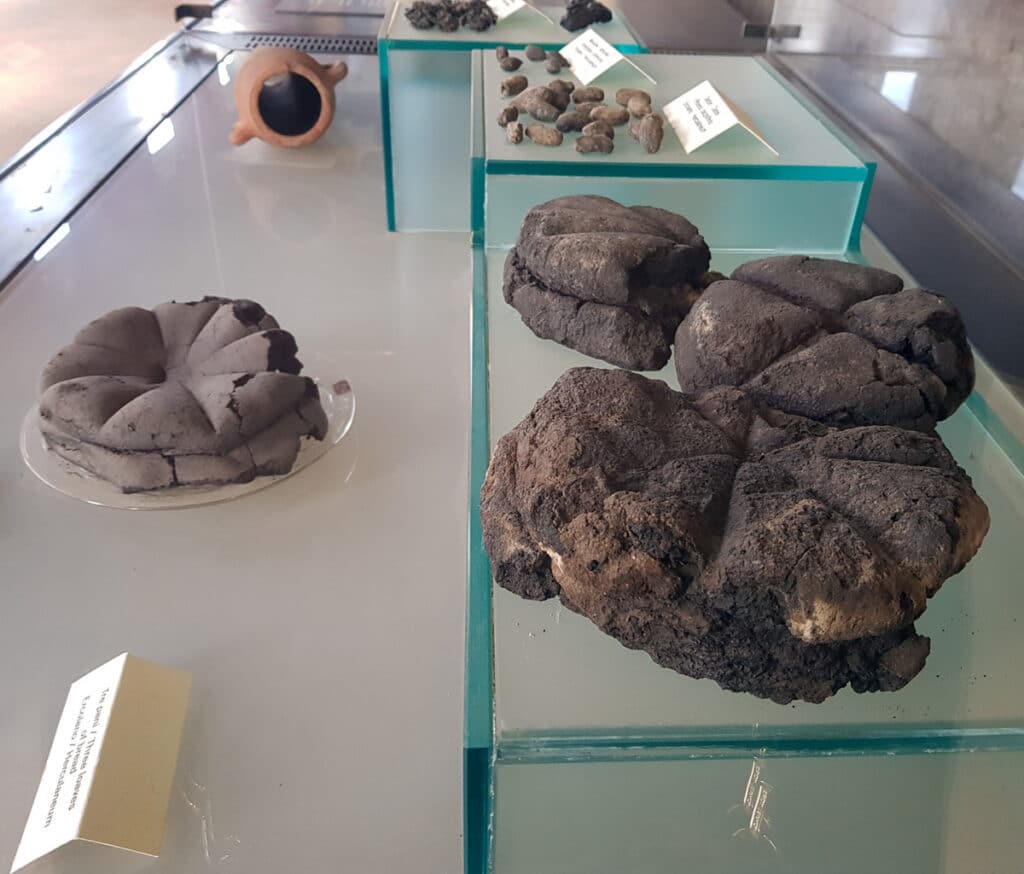
Many bakeries in Pompei were located on Via dell'Abbondanza (Abundance Street), the main street where most shops and restaurants are located.
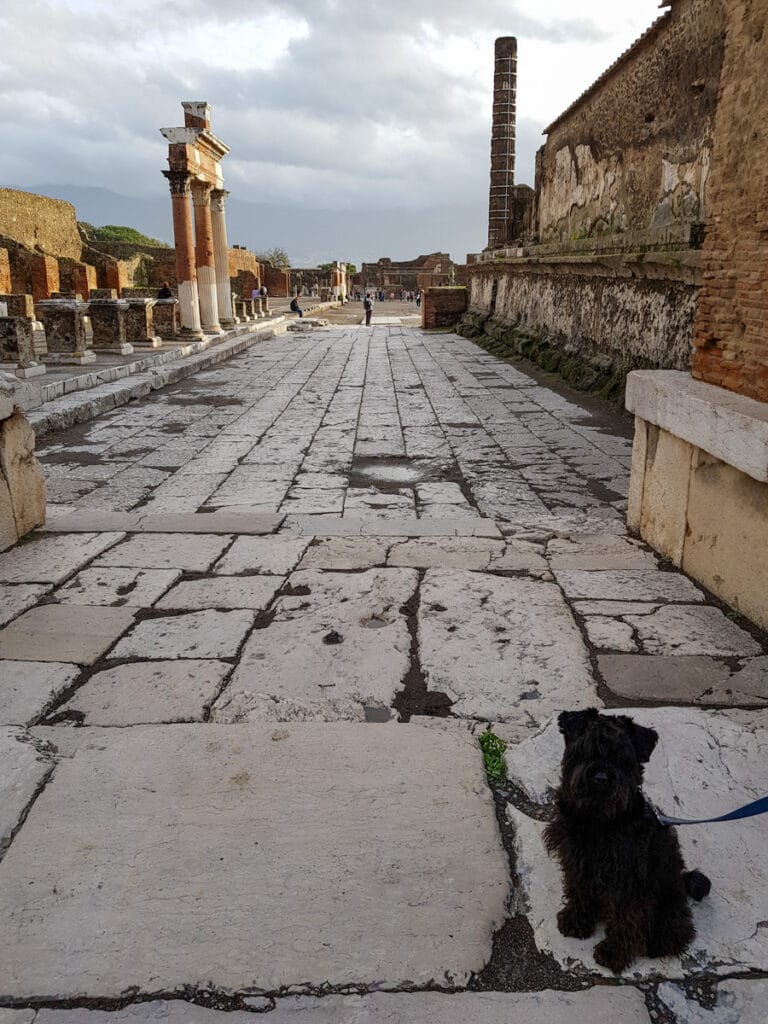
Restaurants during the Roman Empire
Along the via dell'Abbondanza (Abundance Street), we found many different types of restaurants: large, small, decorated, plain, takeaway, and opulent.
The more basic fast-food type of restaurant was very basic, with a simple layout and design.
They were front street rooms of private houses where food was served to the public.
You can find out more about modern Italian street food in this article.
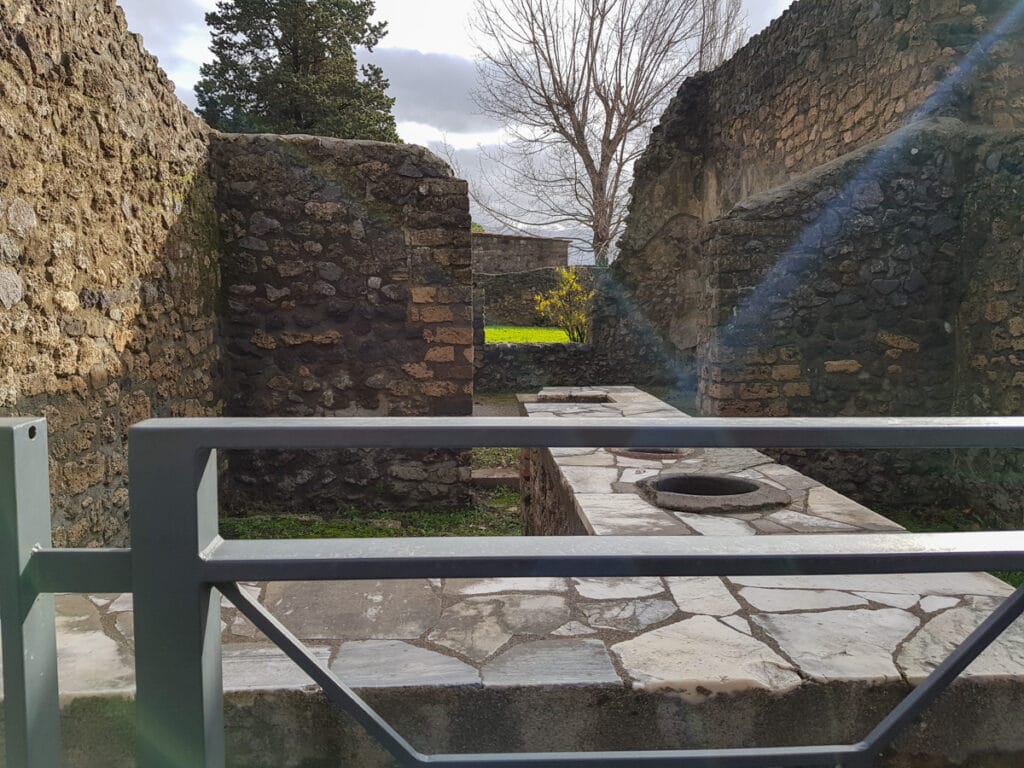
We also found more sophisticated restaurants decorated with Carrara marble and frescoes.
Food was kept inside the Dolia, pots walled inside the counter.
There were different sizes of Dolia depending on what type of food was stored.
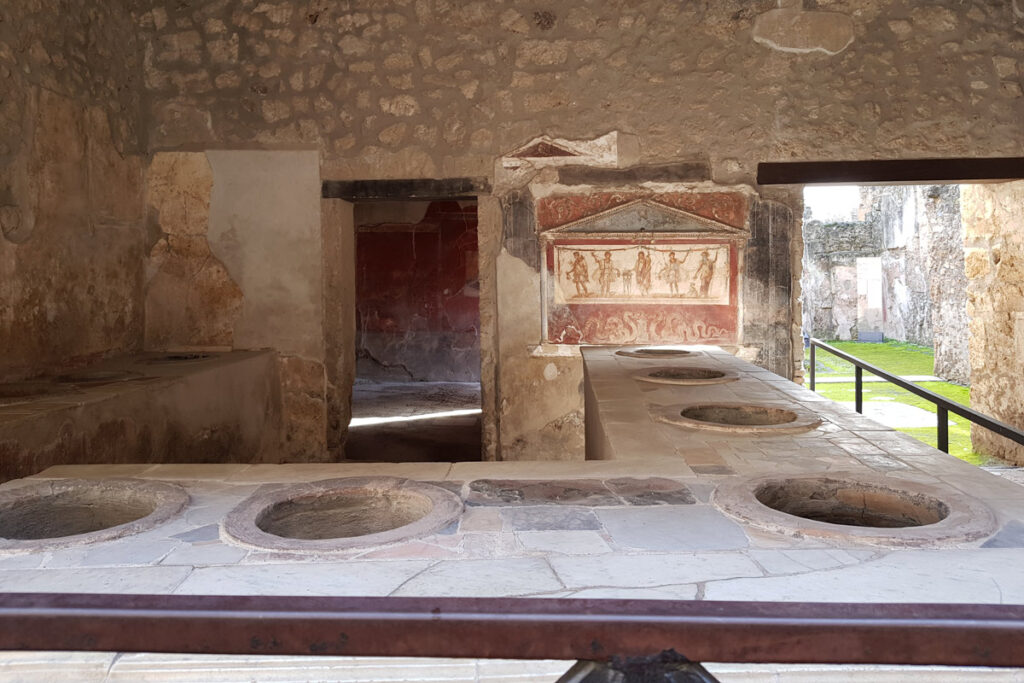
To check payments, small engraved circles were carved on the counter to measure the size of the coins.
Very clever, indeed!
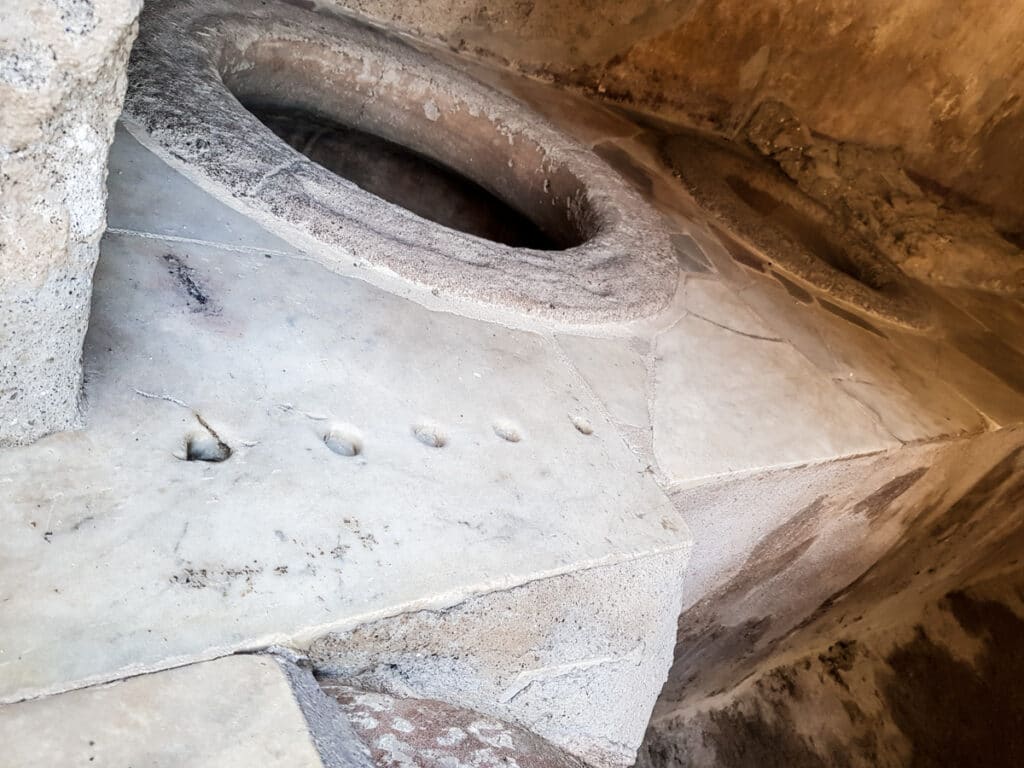
It is quite amazing how close to our current times was the cooking and eating habits of the ancient Romans.
As their diet was healthy, mainly made of vegetables, fruits, bread, cheese, and seafood, I am sure I would have been happy to live during these ancient times.
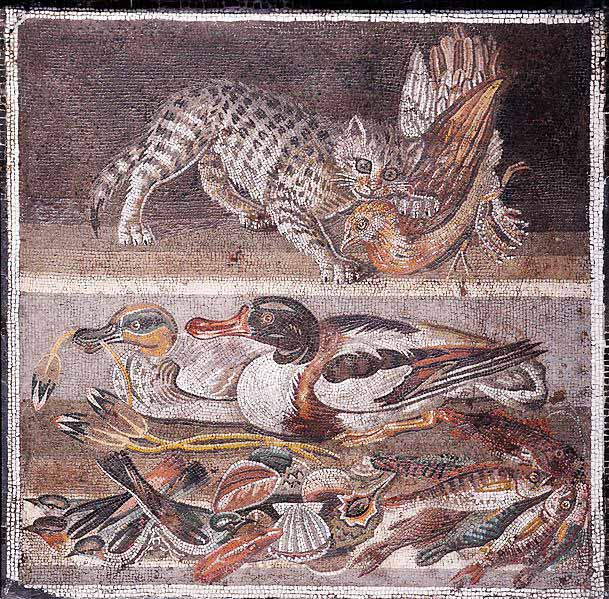
Although I am not sure I would have gone to any of the Apicius banquets, not a fan of what he called "delicacy".
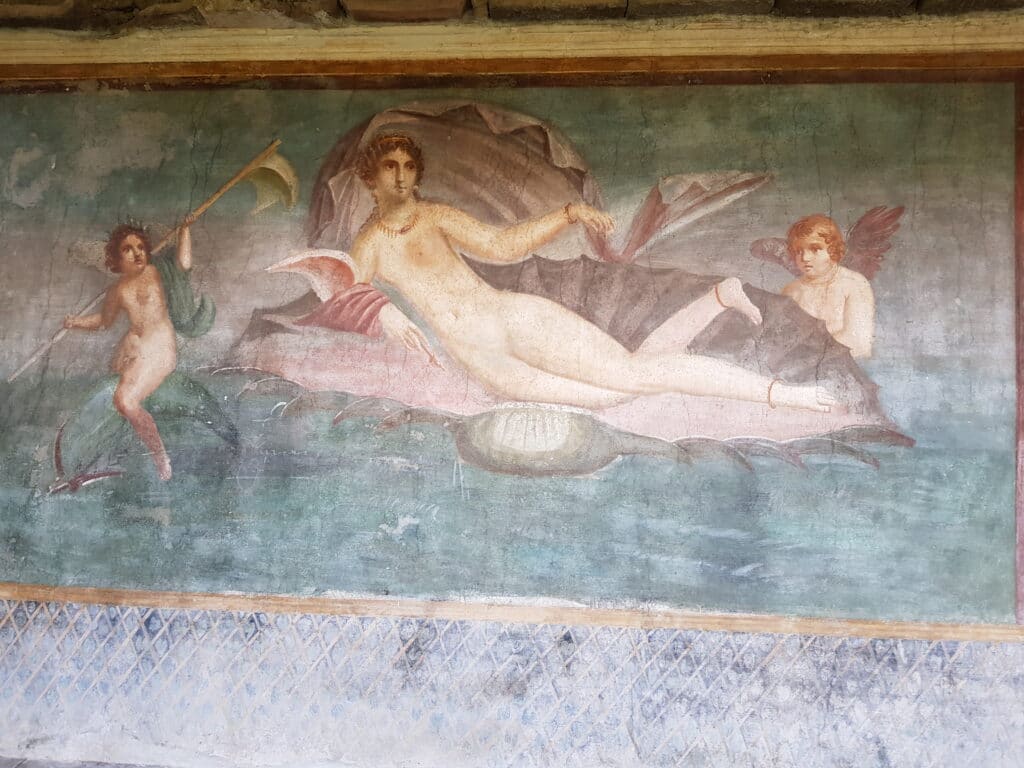
More historic facts
To find out more about food in ancient Rome, you can read the article about Trajan's market: the first shopping mall in history.
Moving forward in time you can find out more about the development of the Roman markets to the current time in the article: A Historic Walk Through The Charm Of Romans Market
To find out more how Italian food tradition changed throughout history you can read the article: Italian food history and cultural influence.
More history about Italian cuisine in the article: Traditional Italian Recipes By Region.
Find my recommendations of authentic Italian cooking books translated into English in my Amazon shop section: Cooking Books
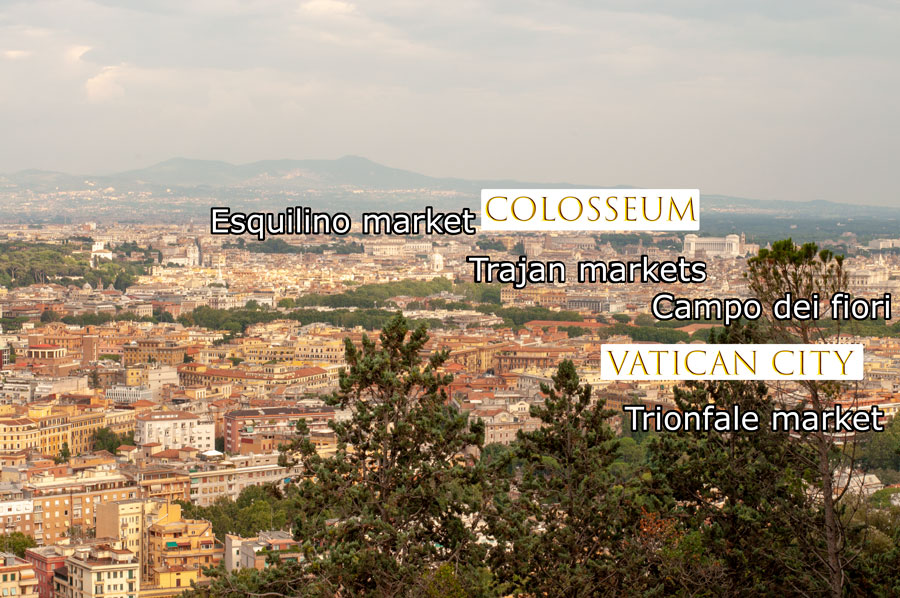
Hope you find this article helpful, please if you have any questions, write them in the comments below and I will be happy to respond and help. For more information, you can visit the category: Italian food traditions. You can find delicious ideas if you FOLLOW ME on Facebook, YouTube, Pinterest and Instagram or sign up to my newsletter.

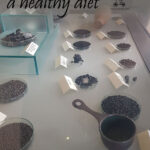
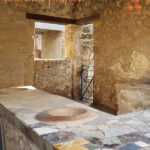
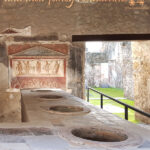
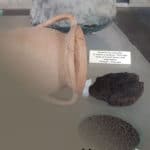

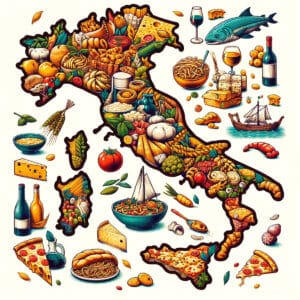
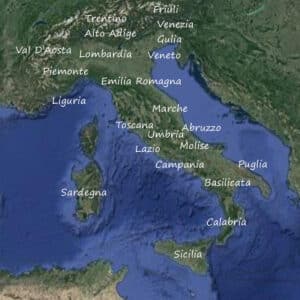
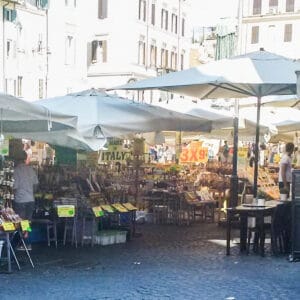
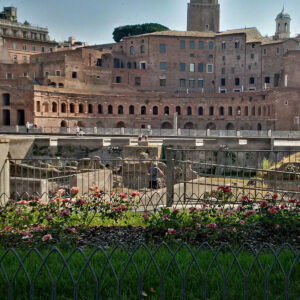
Tomas Barba
This was a fascinating article. I am a writer working on a series of book set during the Later Roman Empire. Articles such as yours allow me to bring ancient Rome alive for the reader.
Thank you for your work.
Laura
Thank you so much for leaving this comment. I really appreciate hearing from my readers, especially if they share my same interests as you do. Please let me know more about your book. I am sure that who is interested in reading this article will be curious about it as well.
Célyne Gardère
Laura, I loved your article. So interesting.
Laura
Thank you Celyne, I know someone is using it on Corsera.